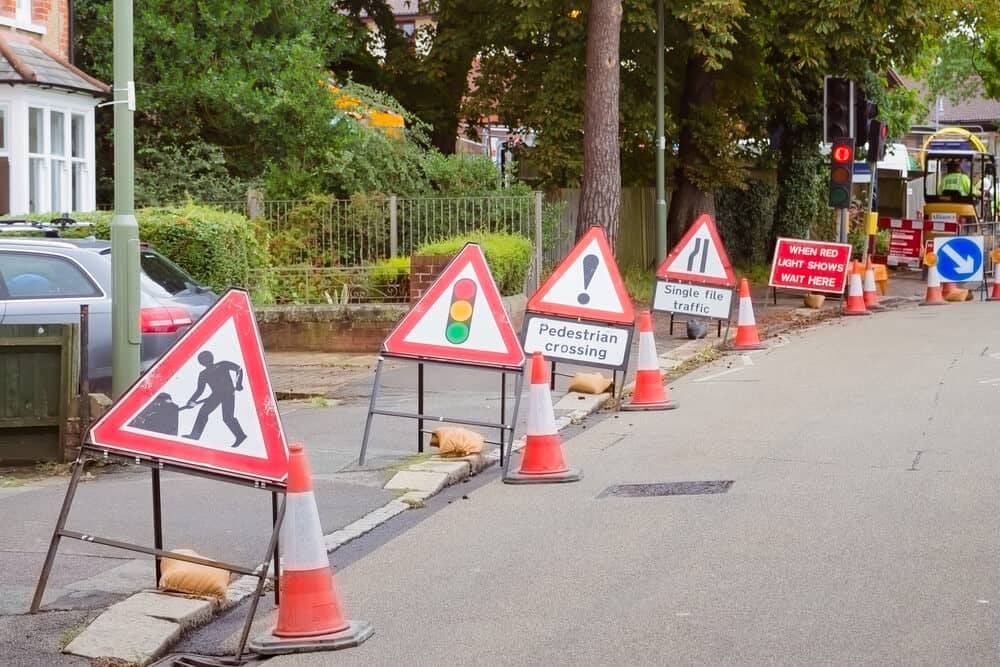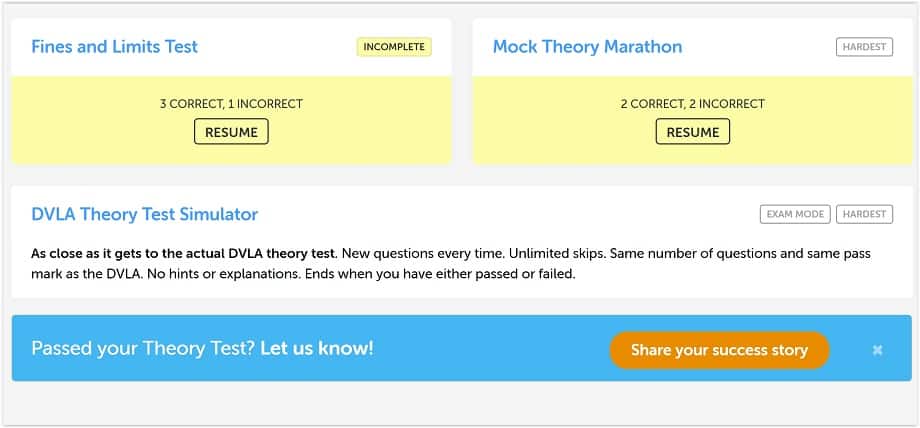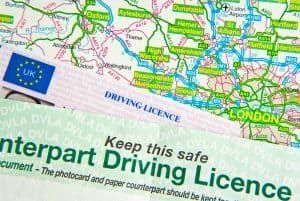5 Most Difficult Theory Test Questions
More help for you
There’s no denying it: theory tests have become a lot more difficult in recent years.
Some of the multiple-choice questions you’re going to face in your exam are fiendishly hard by design -- the objective is to separate those who have taken the time and effort to revise from people who may attempt to guess their way through the test.
The very fact you’re reading this article suggests you’re determined to hit the nail on the head and succeed. But no matter how hard you prepare, there’s always likely to be a curveball which could leave you stumped.
Before January 2012, the DVLA used to publish official questions and answers which would appear in the theory test ahead of time. All those taking the exam needed to do was memorise the material and regurgitate it in the exam room. Things have changed since then -- and the Government agency no longer makes real-life content in the exam public.
5 Most Difficult Theory Test Questions
- 1
Common Blind Spots
Research shows there are certain parts of the Highway Code -- and road signs -- which both new and seasoned motorists tend to stumble upon. Worryingly, some of the least-known rules of the road are the most common. Data also indicates that some drivers based in cities have a patchy knowledge of road sign more regularly seen in rural areas -- while drivers in the country aren’t clued up on the traffic calming measures typically encountered in urban parts of the UK.
When you’re revising, you shouldn’t gloss over the parts of The Highway Code you think you won’t need. An all-round understanding is crucial as you never know where your next journey may take you, and the motoring conditions you’ll face.

Understanding of road signs is a must for passing the test - 2
The Hardest Road Signs
Research from the AA found that 64% of those surveyed couldn’t correctly identify the road sign which indicated there was a cycle route ahead.

Cycle Route Ahead sign means that there may be cyclists on or crossing road aheadMeanwhile, 42% could not identify the signage which alerts motorists to an uneven road, and 22% mistook the sign illustrating a hump bridge for something else. When shown a steep hill downwards sign, 16% got it wrong -- and alarmingly, 7% did not know the road sign which represents a national speed limit zone.

Uneven Road sign appeared to be one of the most difficult signs to recogniseIn a real-world setting, failing to take heed of road signs can have serious consequences for yourself and other road users. For example, failing to acknowledge the national speed limit may mean you travel dangerously slow or dangerously fast. Miscomprehending a slippery road sign could cause you to drive too confidently and dramatically increase the risk of a collision.
Perhaps the most revealing statistic is that drivers aged 35 and over are often better at identifying road signs than newly qualified motorists. This is despite the fact that theory tests are a fairly recent innovation that was only introduced in 1996.
- 3
Safety in Numbers
Understandably, theory test questions where you have to select from a series of numbers can be particularly hard to master.
Examples of such questions can include stopping distances. If you were asked how far it would take you to stop when travelling at 30mph in good conditions, would you be able to answer with confidence when presented with four distances? Things can get even more complicated when you have to factor in wet roads or icy conditions, when stopping distances are multiplied.
The following video reminds you of all the important distances for the test.
Another scenario would be the rules surrounding eyesight standards. The law states you need to be able to see a car’s number plate from 20m away.
- 4
Knowing What to Do in an Emergency
Practical lessons can normally consolidate your theoretical knowledge, because you’ll be gaining experience in comprehending road signs, dealing with low visibility, overtaking, and driving on roundabouts.
But one thing that your driving instructor can’t prepare you for is what to do in an emergency -- such as when your car has a fault, or if you’re stopped by police.
As an example, AA research established that 25% of drivers did not know who would have priority to use the road if traffic lights were out of order on a busy junction. Making the wrong assumption can lead to unnecessary accidents and even road rage.
Even though no one has priority, a whopping 23% thought that traffic heading straight on would be given right of way.
- 5
Increase Your Chances of Conquering Tricky Questions
Clever revision techniques can help you remember more when you’re cramming for your theory exam. If you’ve just turned 17, it’s likely that your friends in college may also be planning to take their test soon. Teaming up with them and grilling each other on questions -- like those seen on our website -- can really help trickier rules and regulations stay fresh in the mind.

It’s recommended to finish with Mock Theory Marathon and DVLA Theory Test Simulator (free tests)
Also, in some cases, it’s worth remembering that those taking theory tests trip up on questions after misreading them.
Make sure you fully understand what’s being asked of you to avoid preventable errors which could cost you a pass.



